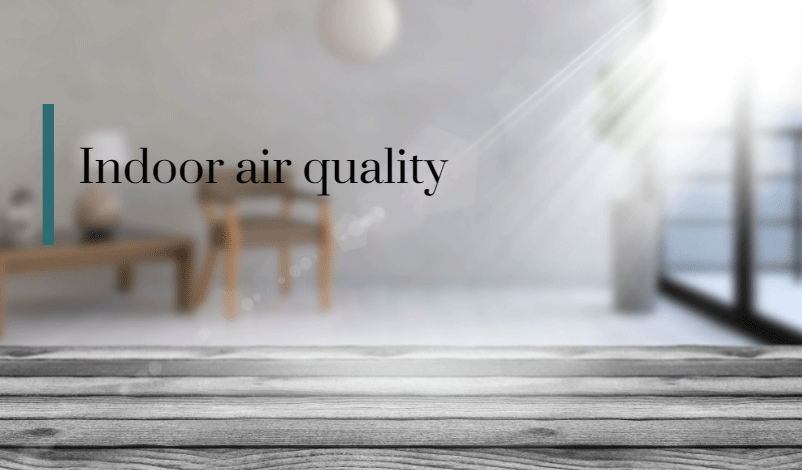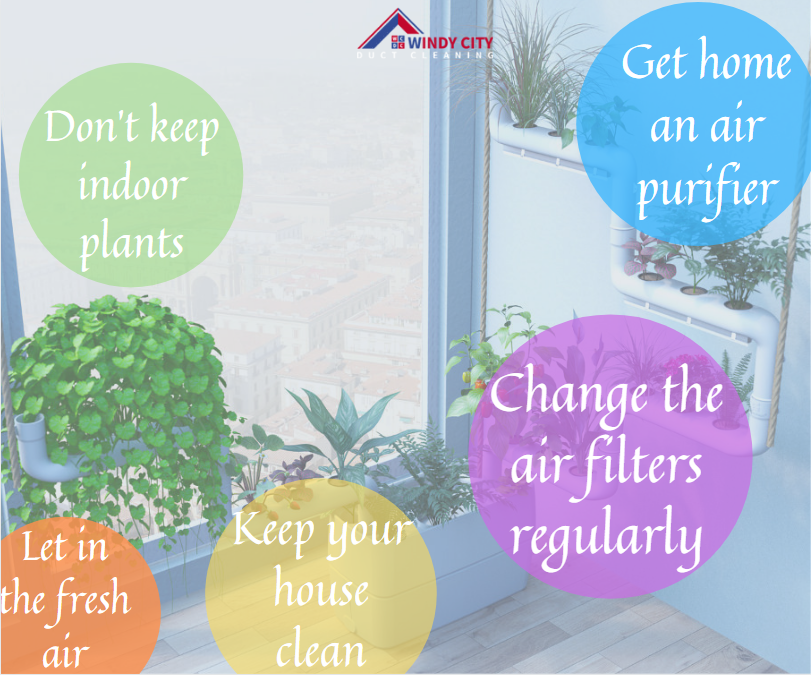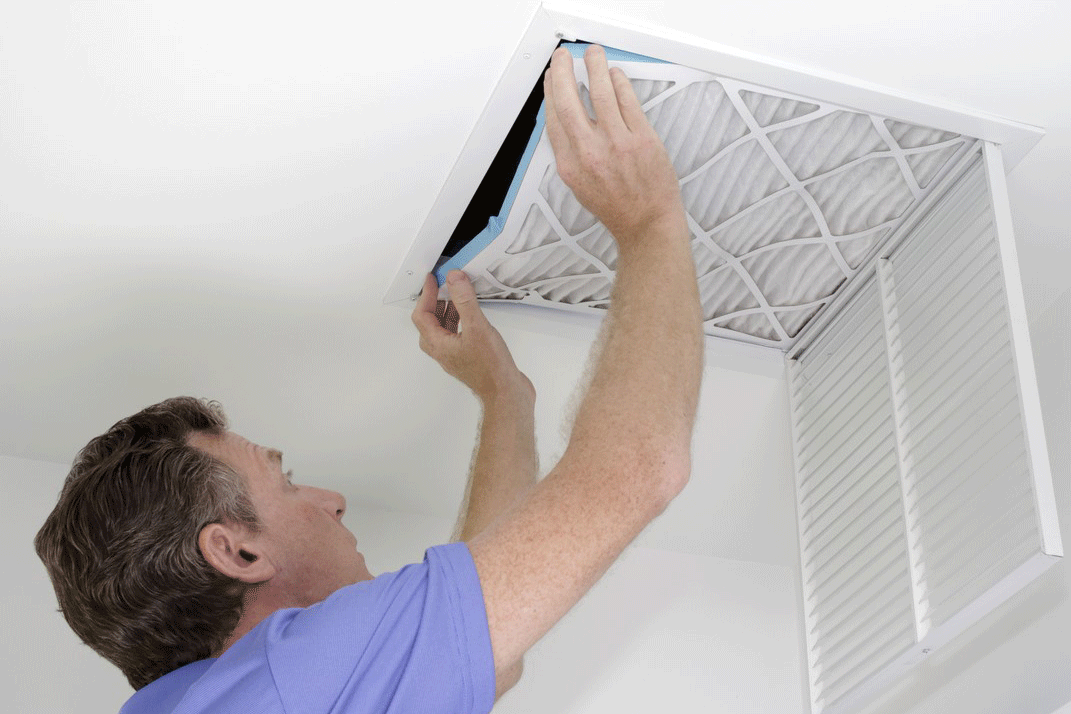
The quality of indoor air is measured by the condition of the air inside your building. On one hand, where good Indoor Air Quality (IAQ) can help to create a comfortable environment to live, on the other hand, bad IAQ can make your lifestyle unhealthy and impaired.
Exposure to toxins even for a short time can prove to be dangerous. It can irritate your respiratory tracts and eyes, cause headaches and fatigue. Each of us actually reacts differently to indoor air pollutants. To save ourselves from this hazard we need to have a proper understanding of what are the sources of these pollutants and how to control these common indoor pollutants and improve our indoor health concerns.
Common causes of indoor air pollution
Some chief causes of indoor air pollution are:
- Tobacco products
- From the fuel-burning combustion appliances
- Old building materials like worsened, asbestos-ridden insulation and freshly installed upholstery or carpet
- Odors of chemicals cleaning products
- Outdoor pollutants like pesticides and radon
Steps to take

To maintain a healthy IAQ you need to take certain measures like:
1. Keep your house clean –
In order to maintain good indoor hygiene you need to focus on the following:
- Use a vacuum cleaner equipped with a HEPA filter for vacuuming the area rugs and carpets at least once or twice a week
- Cleaning items that tend to attract allergens like the drapes, bedding, etc. especially if you have pets, is very important. Also try and use dust and mite-proof pillows covers, mattresses and box springs, if possible.
- Keep your house mess- Free as it tends to trap and hold dust that can trigger an allergic reaction
2. Don’t keep indoor plants –
Indoor plants can add beauty to your home but they can also are a reason for mold growth. So, if you want to stay away from indoor allergens it would be wise to avoid having indoor plants.
3. Change the air filters regularly –
In case you have a forced-air heating system, be particular in changing the filters regularly. Electrostatic filters trap the airborne irritants and dust and check them from being re-circulated inside your home. Also, get the ducts cleaned to get rid of the dust trapped inside.

4. Get home an air purifier –
If you are allergic to indoor allergens and not really able to control the source of the problem an air purifier may prove to be useful. Go for ionic purifiers that can help capture the irritants which may trigger your allergic symptoms. A purifier may not be able remove the allergens completely but can help to check the problem.
In damp areas, you can consider investing in a dehumidifier to prevent the growth of molds. Keep the damp areas like your basement, bathroom, etc. well-ventilated and dry.
5. Let in the fresh air –
Leave your windows open from time to time to allow fresh air to get in the house even in the winters. Also turn on the exhaust fan to move out the possible air impurities while cooking.